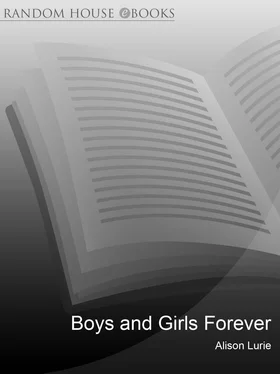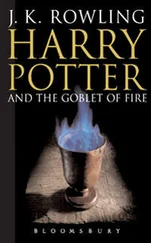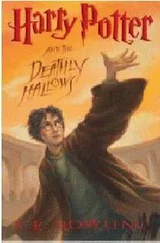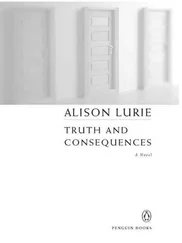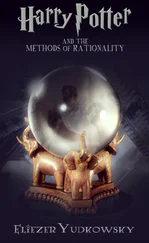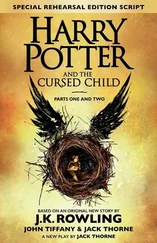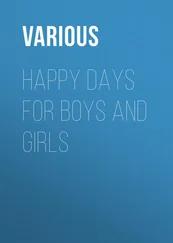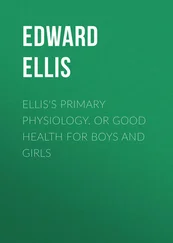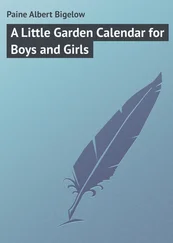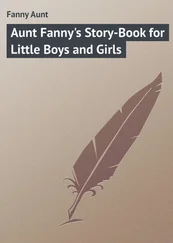
Boys And Girls Forever : Children's Classics from Cinderella to Harry Potter by Alison Lurie
FOREWORD
It often seems that the most gifted authors of books for children are not like other writers: instead, in some essential way, they are children themselves. There may be outward signs of this condition: these people may prefer the company of girls and boys to that of adults; they read children’s books and play children’s games and like to dress up and pretend to be someone else. They are impulsive, dreamy, imaginative, unpredictable.
This is true of many of the writers discussed in this book, and also of other famous children’s authors. E. Nesbit devoted weeks to building a toy town out of blocks and kitchenware, and wrote a story, The Magic City , about it. James Barrie spent his summer holidays playing pirates and Indians with the four Davies boys, and Lewis Carroll was stiff and shy among adults but relaxed and charming with children. Today, Laurent deBrunhoff, who has continued his father’s Babar series for many years and is now over seventy, still climbs trees with youthful skill and delight.
Like some children, the authors of classic children’s books may also prefer the company of animals to that of adults; they identify with animals and sometimes imagine themselves as dogs or cats or horses or wild birds and beasts. Beatrix Potter, the author of Peter Rabbit , refused to dance with eligible young men at the society balls her parents took her to, and spent most of her time with pets of every sort. T. H. White, who wrote The Sword in the Stone , avoided human society almost all his life. He lived alone with his hawks and his hounds, and the death of his Irish setter, Brownie, left him utterly desolate.
It is interesting to note that most of these gifted grown-up children, perhaps the majority, are British or American, just as so many of the best-loved children’s books are British or American. Other nations have produced a single brilliant classic or series: Denmark, for instance, has Andersen’s tales; Italy has Pinocchio, France has Babar, Finland has Moomintroll. A list of famous children’s books in English, however, could easily take up a page in this volume.
Why should this be so? One explanation may be that in Britain and America more people never quite grow up. They may sometimes put on a show of maturity, but secretly they remain children, longing for the pleasures and privileges of childhood that once were theirs. And there are good reasons for them to do so. In most countries there is nothing especially wonderful about being a child of school age. For the first four or five years boys and girls may be petted and indulged, but after that they are usually expected to become little adults as soon as possible: responsible, serious, future-oriented. But in English-speaking nations, ever since the late eighteenth century, poets and philosophers and educators have maintained that there is something wonderful and unique about childhood: that simply to be young is to be naturally good and great. It may be no coincidence that the romantic glorification of youth of the sixties and early seventies was most evident in America and Britain, or that when they want to make an especially touching appeal to voters, American politicians always speak of “our kids.”
Because childhood is seen as a superior condition, many Americans and Britons have been naturally reluctant to give it up. They tend to think of themselves as young much longer, and cling to childhood attitudes and amusements. On vacation, and in the privacy of their homes, they readily revert to an earlier age, and when they write, they often take the side of children against adults. As I suggested in an earlier collection of essays, 1their books are, in the deepest sense, subversive. As writers, they make fun of adults and expose adult pretensions and failings; they suggest, subtly or otherwise, that children are braver, smarter, and more interesting than grown-ups, and that grown-up rules are made to be broken.
Today, what many authorities in the field seem to prefer are stories in which children are helped by and learn from grown-ups. The lesson may be practical or moral; the adult may be a teacher, a relative, a neighbor, a stranger, a witch or wizard, and sometimes even an alien. These kind, wise figures may not appear very often in the story, but the plot turns on their advice or example, and the happy ending wouldn’t be possible without them. From Marmee in Alcott’s Little Women to P. L. Travers’s Mary Poppins, E. B. White’s Charlotte, and Tolkien’s Gandalf, these admirable characters guide and care for the younger and less experienced protagonists of the tales in which they appear.
When it comes to awards for literary excellence, the books that win tend to contain at least one Wise and Good Grown-up or Grown-up-Equivalent. Back in the 1950s and 1960s the stories were often set in the historical past (especially in pioneer and Revolutionary or Civil War America) and their child protagonists tended to be white. Since cultural diversity was discovered, the settings cover a wider range, and now they often feature Native American, African American, Hispanic American, or Asian American children who, with adult help, face disasters, overcome obstacles, and learn to be brave, kind, and strong: in effect, to be responsible young adults.
Boys and girls, on the other hand, are not always interested in becoming responsible adults. The books they choose for themselves typically feature kids and/or animals who face dangers, have exciting and/or funny adventures, and help and instruct each other. Any adults who are important in the story are apt to be villains. If there are well-meaning parents and teachers around, they have almost no idea about what really goes on in their absence, like the mother in a classic picture-book version of the genre, Dr. Seuss’s The Cat in the Hat .
Children also often like books that anxious adults would consider scary or immoral or both—books in which creepy things happen and there is often no poetic or any other justice. In my favorite local bookstore, the largest space on the shelves of the children’s paperback section is devoted to a series by R. L. Stine known as Goosebumps . The first volume appeared in 1992, and at last count there were sixty-one, plus more than twenty spin-offs with titles like The Goosebumps Monster Blood Pack and The Scare-a-Day Wall Calendar . Essentially, Goosebumps is Edgar Allen Poe updated for contemporary children. The tone alternates between comic and creepy, and in the best tales the horrors are exaggerated versions of everyday juvenile fears and afflictions. In The Haunted School , for instance, a sixth-grader named Tommy finds his way into another part of the school building that has been boarded up since 1947, when an evil photographer, taking a class picture, caused all twenty-seven children to vanish.
As it turns out, the class has survived for half a century in an alternate world, which is entirely black and white, like an old photograph. Since 1947 they have never left the classroom, and by this time most of them have gone mad. A few others remain sane, but in a hopeless, gray condition that will be familiar to anyone who remembers the longest, most colorless days of their own education: days when, as they sat at their desks, they thought desperately, “This is driving me crazy. Am I doomed to sit here forever?”
If you look at the children’s shelves in your local bookstore or library, one of the first things you might notice is that a large proportion of the stories are about animals. This is especially true of books for small children. In a recent count in my local bookstore, I found that well over half of the picture books had animal heroes or heroines. Even though the world the characters lived in was a human one with houses and cars and schools, the protagonists were dogs or mice or bears or rabbits. One of the most popular picture books of the twentieth century, Margaret Wise Brown’s Goodnight Moon , is set in a “great green room” that is clearly that of a contemporary middle-class Western child. Yet, according to the illustrations, the inhabitant of the “great green room” is a rabbit, and so is the old lady knitting in the rocking chair.
Читать дальше
